Unlocking Mastery: Digital Art with ML Algorithms
The digital art landscape is experiencing a transformative shift with the integration of machine learning algorithms, fundamentally altering the creative process for artists across the globe.
These advanced computational tools offer unprecedented capabilities, from text-to-image conversions to style transfers, enabling novices and seasoned professionals to explore new artistic realms.
MidJourney, DALL-E, and Adobe Firefly are not merely instruments of art creation; they represent a collaborative fusion between human ingenuity and artificial intelligence.
As we embark on this discussion, it is essential to examine the implications of this synergy, including the expansion of creative boundaries, the democratization of art production, and the complex ethical considerations that arise.
The question remains: how will the continued evolution of these technologies redefine the value and understanding of art in the digital domain?
Key Takeaways
- Machine learning enables computers to learn from data and make predictions without explicit programming.
- Technological advancements, particularly in AI and machine learning, have expanded the toolkit available to digital artists.
- AI algorithms and tools like MidJourney, DALL-E, Adobe Firefly, GANs, Wombo Dream, and NightCafe empower artists to create AI-generated artwork.
- Collaboration between artists and AI can lead to groundbreaking art and redefine artistic expression and innovation.
Understanding Machine Learning
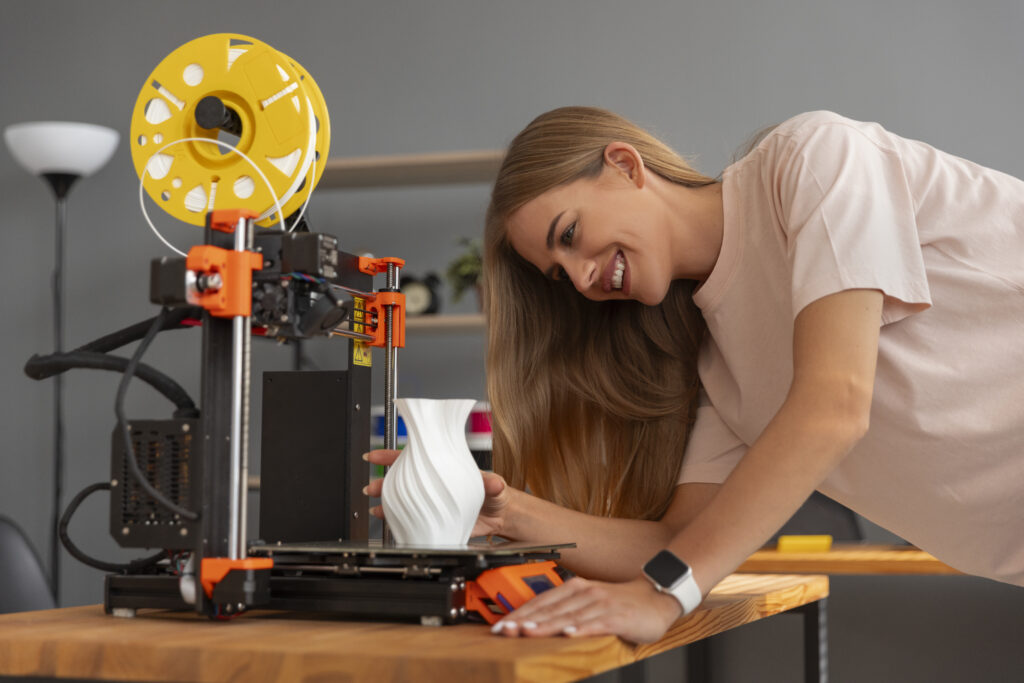
Delving into machine learning, one must grasp the intricate algorithms that empower computers to learn from data and make informed predictions. At the core of machine learning lie AI algorithms, designed to parse vast datasets, identify patterns, and derive insights without explicit programming for each task. This AI’s ability to learn hinges significantly on neural networks and intense learning models, which mimic the human brain’s structure and function, enabling the processing of complex data inputs.
Machine learning encompasses various learning paradigms, including supervised learning, where algorithms predict outcomes based on labeled training data; unsupervised learning, which deals with finding hidden structures in unlabeled data; and reinforcement learning, which involves learning optimal actions through trial and error to maximize a reward. Familiarity with feature engineering, model selection, and evaluation metrics is vital for refining these algorithms to achieve high accuracy and reliability.
Generative Adversarial Networks (GANs) epitomize the sophistication of machine learning, where two neural networks contest with each other to generate new, synthetic instances of data that are indistinguishable from accurate data. Understanding this interplay is crucial for appreciating the depth of machine learning’s transformative potential and its ethical dimensions, including addressing inherent biases that can shape the technology’s broader impact.
Evolution of Digital Art
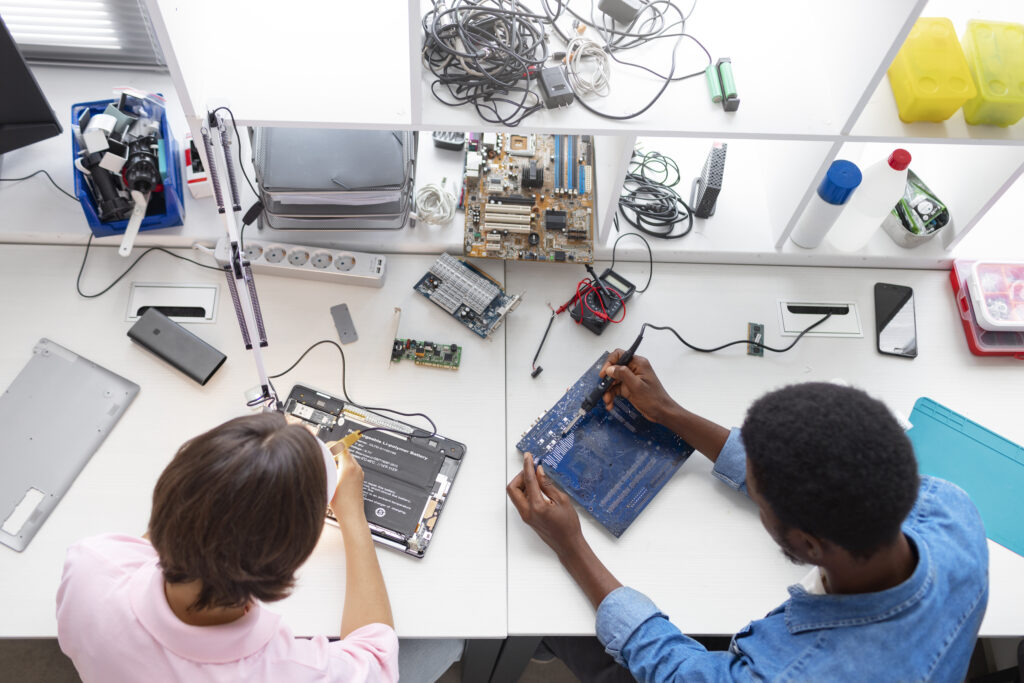
The inception of digital art marked a significant departure from traditional mediums, setting the stage for a fusion of creativity and computation. Technological advancements, particularly in AI and machine learning, have precipitated an unprecedented disruption in the creative process, enabling artists to explore new frontiers in art production.
These technologies have expanded the toolkit available to digital artists and introduced a new paradigm of ‘collaboration’ between human creativity and algorithmic complexity.
Digital Art’s Early Days
Digital art, evolving significantly since its inception, has its roots in the mid-20th century when pioneering artists and computer scientists began to explore the possibilities of creating art using computational devices.
The early iterations of digital art were characterized by pixelated graphics and rudimentary computer-generated imagery, reflecting the technological constraints of the time. These formative years were marked by an emotional exploration of the synergy between technology and art, pushing the boundaries of artistic expression beyond traditional art mediums.
As artists experimented with these new digital tools, they laid the groundwork for the expansive field of digital art as known today, setting the stage for an ongoing evolution driven by relentless technological advancement and creative inquiry.
Technological Advancements Impact
Building on the foundational experiments of the early digital artists, recent technological leaps in artificial intelligence have dramatically expanded the horizon of what is achievable in digital art. Tools like MidJourney, DALL-E, and Adobe Firefly exemplify this evolution, enabling AI art creation that harnesses artistic algorithms to generate unique outputs.
These advancements have not only augmented the creative process but have also unveiled the potential of AI in producing complex, thought-provoking works. With AI-driven platforms, artists can explore new forms of expression, transcending traditional limitations.
The surge of AI/ML-generated art in the NFT market underscores the growing recognition and commercial viability of such creations, while models like GLIDE and BSRGAN enhance the fidelity of ultra-high-resolution digital paintings, setting a new standard in the field.
AI’s Creative Disruption
How is the emergence of AI art reshaping the landscape of creative expression in the digital realm?
The influx of AI-generated art signifies a profound creative disruption as artistic algorithms redefine the boundaries of aesthetics and the creative process. By leveraging data science alongside human imagination, AI in art enables practitioners to explore new dimensions of digital craftsmanship.
Advanced neural networks are the backbone for these explorations, catalyzing an unprecedented fusion of technology and artistic vision. The evolving digital art scene, augmented by AI tools, embraces experimentation across media, from paintings and sculptures to music and poetry.
Moreover, the AI/ML-generated art movement is gaining traction through the NFT art market, showcasing the potential for creating intricately detailed, ultra-high-resolution digital paintings.
AI Algorithms in Artistry
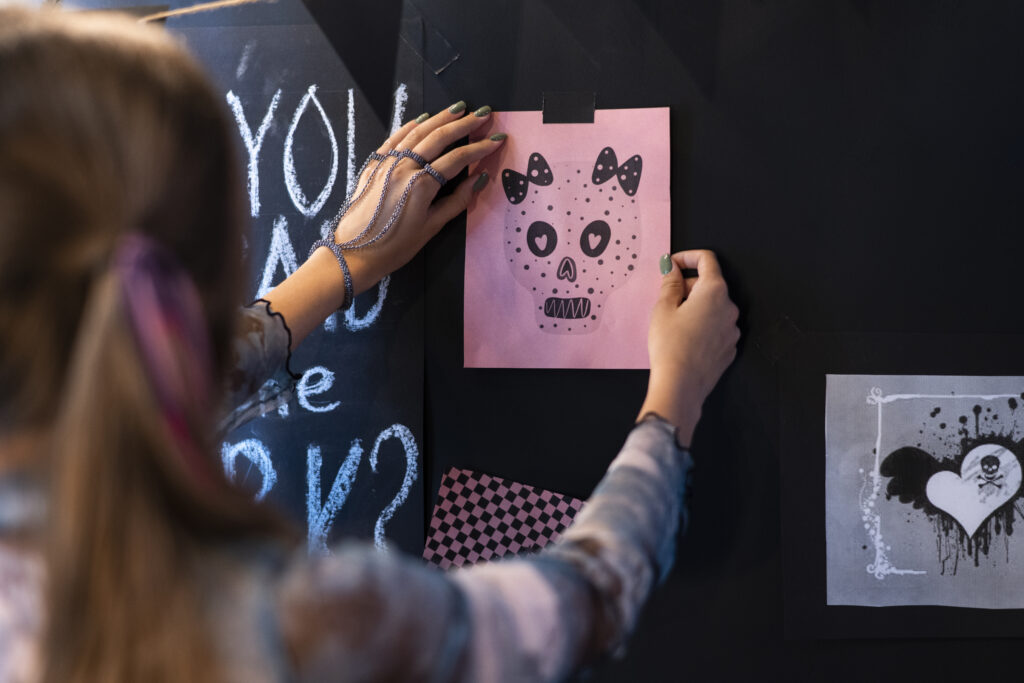
The integration of AI algorithms into the artistic domain has enabled a transformative approach to creativity, giving rise to AI-driven creative processes that enhance and expand the capabilities of artists.
Generative art techniques, leveraging machine learning models, have significantly contributed to the emergence of complex and sophisticated artworks, where the boundaries between technology and traditional artistry are increasingly blurred.
AI-Driven Creative Processes
In digital artistry, AI-driven creative processes leverage machine learning algorithms to push the boundaries of traditional art forms, enabling artists to explore novel expressions and generate complex works with unprecedented ease. These processes encompass:
- Generative Adversarial Networks (GANs): Facilitating the creation of AI artwork often indistinguishable from pieces created by human artists.
- Style Transfer Techniques: Allowing for combining visual elements from multiple sources, leading to unique aesthetic outcomes.
- Customization with AI Tools: Enabling artists to manipulate variables within programs like MidJourney and DALL-E to produce bespoke art pieces.
- High-Resolution Art Generation: Utilizing algorithms such as GLIDE and BSRGAN to enhance the detail and quality of digital paintings, catering to the demands of the NFT art market.
Generative Art Techniques
Generative art techniques, harnessing the power of AI algorithms, have revolutionized the creation of digital art by enabling the synthesis of new visual forms and textures. Employing sophisticated methods like style transfer and neural networks, these techniques utilize Artificial Intelligence to generate art that transcends traditional boundaries.
Chief among them, Generative Adversarial Networks (GANs) pit two algorithms against one another – one to create and the other to critique – leading to the production of complex and nuanced artworks.
These algorithms to create stunning visuals reshape artistic paradigms and democratize art creation, allowing seasoned artists and novices to explore unprecedented creative dimensions.
As generative art techniques evolve, they offer a fertile ground for innovation, challenging our perceptions of artistry and aesthetics in the digital age.
Machine Learning Art Tools
Harnessing machine learning capabilities, contemporary art tools such as MidJourney, DALL-E, and Adobe Firefly are at the forefront of transforming the digital creativity and artistry landscape. These platforms are leveraging the power of Generative Adversarial Networks (GANs) and other AI methodologies to enable artists and non-artists alike to create art that pushes the boundaries of traditional digital paintings.
- MidJourney: Utilizes AI algorithms to transform textual descriptions into compelling visual narratives.
- DALL-E: Excels in generating AI-generated art from simple prompts, showcasing the fusion of technology and creativity.
- Adobe Firefly: Offers a suite of tools designed for AI artists, enhancing their ability to craft intricate digital compositions.
- Generative Adversarial Networks: Underpin the process of creating unpredictable and original AI-generated artworks.
Tools for AI-Powered Art
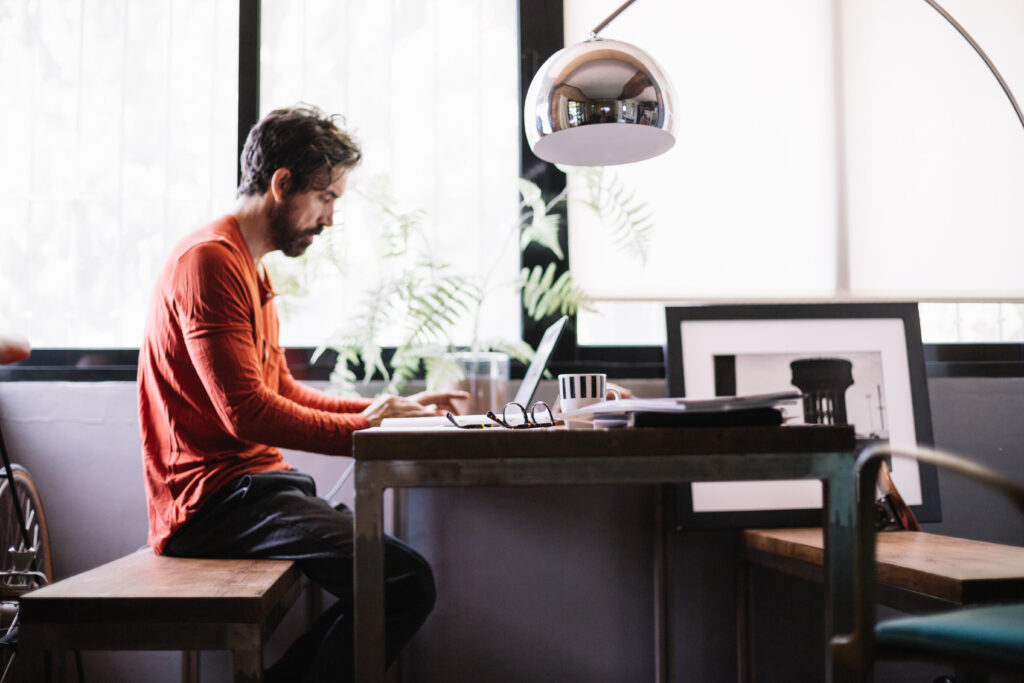
Exploring the vast potential of AI, artists now utilize sophisticated tools like MidJourney, DALL-E, and Adobe Firefly to transform creative concepts into tangible digital art pieces with unprecedented ease and versatility. These tools for AI-powered art are not merely about automating the creative process; they are redefining the role of the digital artist. By leveraging machine learning algorithms, these platforms can generate images that were once confined to the imagination, breaching the traditional boundaries of artistic expression.
Here is a comparative table highlighting key features of some prominent AI art tools:
| Tool | Key Feature(s) |
|---|---|
| MidJourney | Advanced text-to-image conversions |
| DALL-E | Generates complex images from textual prompts |
| Adobe Firefly | Customization options for unique artistic styles |
| Wombo Dream | User-friendly interface for rapid art generation |
| NightCafe | High-resolution outputs with various art styles |
Each tool offers a unique set of capabilities, from generating high-fidelity images to providing extensive customization options catering to the diverse needs of digital artists. As the intersection of AI and the arts continues to evolve, these tools represent the cutting edge of how machine learning algorithms transform AI-powered art into an increasingly accessible and dynamic form of expression.
Enhancing Creativity With AI
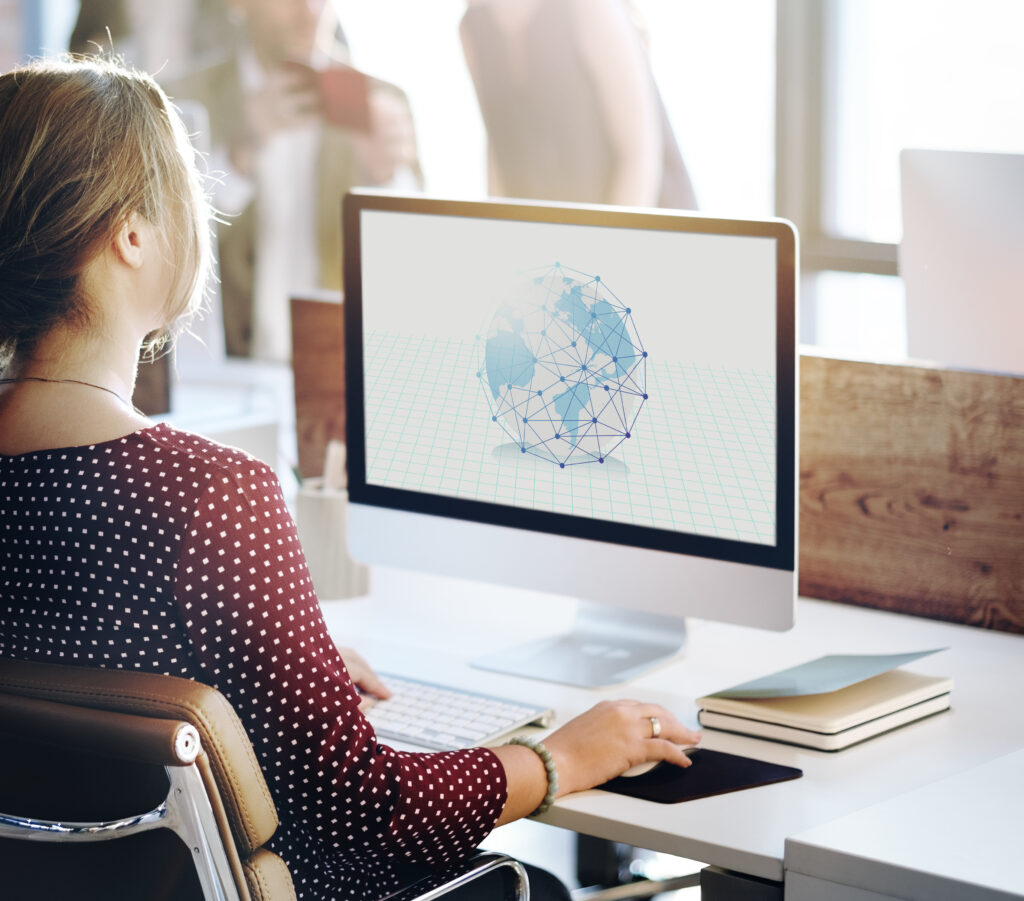
Amidst the digital revolution, AI art tools are redefining the creative landscape, offering artists the means to push the boundaries of traditional media and enter a realm of enhanced creativity. These tools are not just auxiliary aids; they are sophisticated partners in the art creation process, expanding the horizons of human creativity.
By leveraging AI systems, artists and designers can:
- Combine data science with human imagination to produce novel and intricate artworks that were previously unimaginable.
- Utilize platforms like MidJourney and DALL-E to explore the limitless possibilities of visual expression, from digital paintings to sculptures.
- Apply advanced machine learning models such as GLIDE and BSRGAN to generate ultra-high-resolution works, exploring new dimensions of detail and texture.
- Experience an evolution in artistry by engaging with AI to co-create pieces that intertwine human emotion with algorithmic precision.
In this analytical landscape, the fusion of AI with artistic practice is not merely a trend but a significant shift in how we conceptualize and actualize art. Pushing the boundaries of what is achievable, AI systems empower creators to explore uncharted territories of aesthetic and conceptual innovation, genuinely enhancing the scope and impact of human creativity.
Collaborative Human-Machine Art
Collaborative human-machine art marks a transformative era wherein creators synergize with artificial intelligence to redefine the essence of artistic expression and innovation. This paradigm shift enables a symbiotic relationship that leverages the computational prowess of AI while imbuing it with the nuanced sensibilities of human creativity. In this integrative process, artists harness the power of AI as a tool to experiment, pushing beyond the traditional confines of their craft.
By creating AI algorithms that can analyze and learn from vast datasets of historical art, artists can explore previously uncharted territories of form, color, and composition. The resultant artworks often blend the artist’s vision and the machine’s unique interpretation of artistic principles. This collaborative process augments the artist’s capabilities and engenders a new genre of art that is groundbreaking and deeply reflective of the digital age.
Moreover, employing machine learning algorithms in art production challenges the notion of authorship and creativity. As artists and AI collaborate to push the boundaries of what is possible, they spawn a new echelon of artistic works that may redefine the standards for future creatives and art connoisseurs.
Ethical Considerations of AI Art
The emergence of AI-generated art necessitates thoroughly examining the ethical challenges surrounding authorship, intellectual property rights, and the broader implications such works present to cultural and societal norms. As digital artists increasingly incorporate AI tools into their creative processes, they confront a constellation of ethical considerations that have profound implications for the art world.
- Authorship and Attribution: Who truly creates AI-generated art? Delineating the roles of the human artist and the algorithm is critical for assigning proper credit and responsibility.
- Intellectual Property Rights: Establishing clear guidelines for owning AI-generated works is essential, considering that the algorithms often rely on pre-existing data and artworks for training.
- Cultural Impact: Artists must contemplate how AI art influences and reflects societal values and norms, ensuring that its integration respects cultural sensitivities and contributes positively to the discourse.
- artistic Integrity: Balancing the innovative potential of AI with a commitment to authenticity and originality in art production is vital to maintaining the integrity of the creative community.
In an era where AI is reshaping the landscape of creative expression, digital artists are called upon to navigate these ethical considerations of AI art with an informed and conscientious approach.
Future of AI in Artistic Expression
Revolutionizing creative expression, AI continues to unlock unprecedented possibilities for artists by providing tools that create new forms of visual, auditory, and literary artworks. With the integration of Generative Adversarial Networks (GANs), artists are empowered to explore new dimensions in their creative processes. These AI-driven systems facilitate the generation of intricate and sophisticated patterns, textures, and forms, leading to Infinite Possibilities in artistic creation.
AI enhances traditional mediums and paves the way for interactive installations that respond to and evolve with audience engagement, taking the viewer experience to the next level. The table below illustrates the transformative impact AI is set to have on various artistic expressions:
| Artistic Medium | AI Influence | Future Projection |
|---|---|---|
| Visual Arts | GAN Imagery | Ultra-high-resolution paintings |
| Music Composition | Algorithmic Patterns | Complex, adaptive symphonies |
| Literary Works | Predictive Text | AI-collaborative storytelling |
| Sculpture | 3D Modeling | Dynamic, morphing structures |
| Performance Art | Sensor-based Interactivity | Immersive, responsive environments |
From an analytical perspective, these advancements signify a technical renaissance where machine learning algorithms augment human creativity and invite artists to redefine the essence of art itself.
FAQs
Are there ethical considerations when using machine learning in digital art?
Ethical considerations include ensuring fairness and avoiding biases in training data, being transparent about the use of machine learning in the creative process, and respecting intellectual property rights. Artists should also consider the societal impact of their work and adhere to responsible AI practices.
Can machine learning algorithms enhance the collaboration between humans and machines in art creation?
Yes, machine learning algorithms can enhance collaboration by providing artists with new tools for exploration and expression. The collaborative process involves human input in guiding and shaping the output of machine learning models, resulting in a synergy between human creativity and algorithmic capabilities.
How can artists showcase their mastery of machine learning in the digital art community?
Artists can showcase their mastery by sharing their machine learning-generated artworks on digital art platforms, participating in exhibitions or conferences, and engaging with the online community. Providing insights into the creative process and sharing the evolution of their work can also demonstrate expertise.
Can machine learning algorithms be used for educational purposes in digital art?
Yes, machine learning algorithms can be used for educational purposes in digital art. They can serve as tools for teaching concepts such as image generation, style transfer, and data-driven artistic exploration. Educational institutions may incorporate machine learning into digital art curricula to expose students to innovative creative techniques.
Are there legal considerations artists should be aware of when using machine learning in digital art?
Legal considerations include issues related to copyright, licensing, and potential infringement. Artists should be mindful of the legal implications of using machine learning algorithms, especially when training on copyrighted material. Clear licensing agreements and adherence to intellectual property laws are important aspects of legal compliance.
